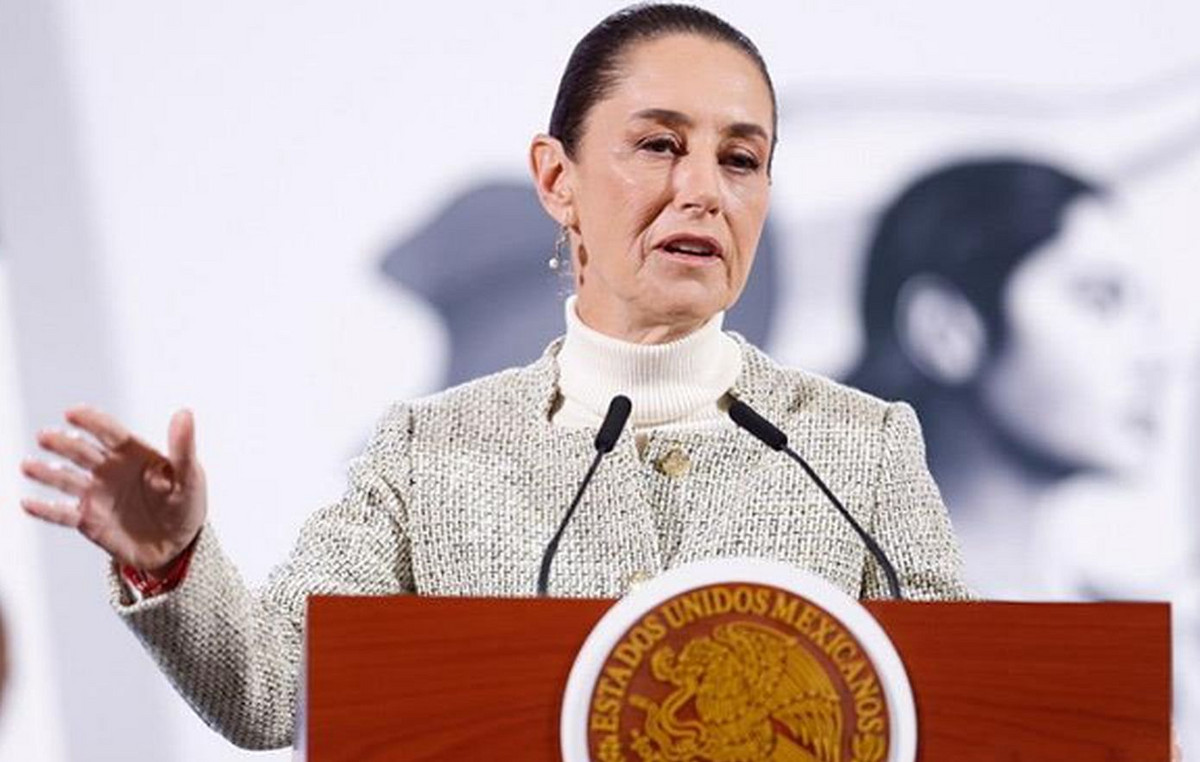Plans to reform its antiquated fiscal rules The European Union with the aim of enhancing the perspective of the masses investments while ensuring the seriousness of public finances will be presented today, Monday (7/11) by the European Commission.
“It’s time to move on. If we don’t do it now, when will we?“, warned the European Commissioner for the Economy, Paolo Gentiloni, as reported by the Athens News Agency.
The fiscal rules are concentrated in the Stability and Growth Pact. Their validity was suspended at the beginning of 2020 to avoid the collapse of the European economy that had been hit by the Covid pandemic. Faced with the specter of a historic recession, deficit restrictions had to be lifted.
With the storm past, and in spite of him war in Ukrainethe Stability Pact must be reactivated at the end of 2023, at a time when the crisis has caused the debt of the most vulnerable countries to explode, while the Pact itself in its current form is not enforceable.

The 25-year pact
The Stability Pact is a tool adopted by the countries of the eurozone in 1997, in view of the advent of the single currency on January 1, 1999. It responded to the concerns of Germany who feared the adoption of a loose fiscal policy by the member countries and imposed balanced public accounts.
The fiscal “Corse” adopts the criteria of the Maastricht Treaty (1992) which introduced two iconic figures which became the totems that no one touches: a budget deficit ceiling of 3% of national GDP and a public debt ceiling of 60% of GDP .
In the event of a breach, the text provides for an excessive deficit procedure, which could theoretically lead to the imposition of large fines. But these sanctions have never been implemented, since they would amount to imposing on countries facing economic difficulties sanctions that would burden them even more. The European Union was confronted with the risks of blowing up the Eurozone during the financial crisis of 2008.
In order to return within the framework, the states should propose a multi-year corrective course, which is the subject of negotiations with the Commission. Theoretically, the excess debt, over 60%, should be limited by 1/20 per year, but this rule is deemed unenforceable. It would impose a disastrous austerity regime on the most indebted countries.
The Stability Pact also limits the structural deficit to 0.5% of GDP for countries whose debt exceeds 60%. Any excess must be limited to 0.5% per year.
Why is reform needed?
Two camps face each other. The “stingers” of the European North, led by Germany, who consider that the Stability Pact is not strictly applied. Its strict framework has gradually been replaced by rules of a political nature, the interpretation of which is deemed favorable by the Commission.
Over-indebted countries in the European South, such as Italy, whose debt has reached 150% of GDP, consider the framework too strict. They see it as shrinking public investment at a time when European states should spend massively to curb greenhouse gas emissions, catch up on digital lag and rearm against the Russian threat.
“These two poles, which call for, in the first case, more automated rules and in the second case, greater flexibility, also define the main axes of the reform”, summarizes Andreas Eisl, researcher at the Institut Jacques Delors. However, both sides criticize the complexity of the current rules.
What will the changes be?
The new framework should allow “simplification, better appropriation by member states and better implementation” with the aim of ensuring “both sustainable debt and sustainable growth”, according to Paolo Gentiloni.
The basic plan is to impose on member states the definition of a medium-term plan based on the evolution of spending rather than the level of deficits to return the debt to a sustainable level.
This expenditure target, more readable to the public, also has the advantage of being easier to control. The idea is to give member states more room to maneuver in this plan that will also include investment and reform commitments.
Brussels in this case would retain a carrot and a stick. Compliance with the commitments would allow for a longer adjustment period, while non-compliance would lead to stricter commitments.
The next stages
In today’s announcement, the Commission is expected to present ideas that will be discussed at the beginning of December during a meeting of EU finance ministers.
The hope of the European Commission is to agree on the renewed framework, which will then be ratified by the heads of state and government. A legislative proposal will be formulated next year and adopted within the next two years.
Pending the reform, Brussels will be asked as early as 2024 to interpret the existing rules in the spirit of the reform.
The debate is expected to be stormy. “There can easily be an agreement in principle,” but the devil is in the technical details “that will define at what point the rules will be binding,” says Andreas Eisl.
Source: News Beast
I’m Robert Neff, a professional writer and editor. I specialize in the entertainment section, providing up-to-date coverage on the latest developments in film, television and music. My work has been featured on World Stock Market and other prominent publications.







